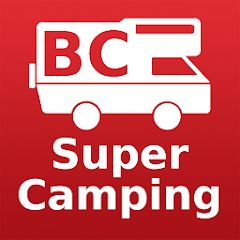Duncan and the Cowichan Valley from Averill Creek Vineyard, Photo Destination BC Boomer Jerritt
Situated in the heart of the scenic Cowichan Valley where wineries and culinary delights tantalize your senses, is the city of Duncan, with an abundance of attractions and outdoor activities to offer the discerning traveller. The BC Forest Discovery Centre, a 100-acre open-air living museum, lets you explore the history of BC’s forest industry. The Quw’utsun’ Cultural Centre provides visitors with an authentic First Nations Experience. Just south is picture-perfect Cowichan Bay Village, situated on the water with stunning views and sunsets. Cottages, shops and restaurants are built on stilts over the water’s edge. Bird watchers come to explore the Cowichan Estuary Nature Centre where Great Blue Herons nest in trees. Get up close to birds of prey at the Raptor Centre, a premier area attraction. Take a walking tour of the region and view one of the world’s largest collection of totem poles. For outdoor recreation, hiking, biking, boating, fishing, golfing and more are all here.
Location
Located just off Trans Canada Highway 1, 60 km (36 mi) north of Victoria, 51 km (31 mi) south of Nanaimo in the Cowichan Valley.
A Step Back in Time
The town of Duncan is named after William Chalmers Duncan, who arrived in Victoria in May of 1862. Three months later, along with a party of one hundred settlers, he moved to the area now known as Duncan. Duncan’s farm was named Alderlea, and this was the first name of the adjacent settlement. In August of 1886, the Esquimalt and Nanaimo Railway was opened. No stop had been scheduled at Alderlea for the inaugural train bearing the prime minister, Sir John A. Macdonald, and Robert Dunsmuir. However, at Duncan’s Crossing, the level crossing nearest Alderlea, a crowd of 2,000 had assembled around a decorated arch and the train came to an unplanned halt, quite literally putting it on the map. In 1887, the train station was built and today is a National Historic Site.
Duncan City was officially incorporated in 1912, and in the following year, a post office was built which is now Duncan’s City Hall. Today, Duncan is the commercial centre of the Cowichan Region and attracts visitors to its trendy boutiques, art and antique galleries. It is also known as the “City of Totems” with some 80 carved totem poles depicting the historic legends of the First Nations.
Contact Information
Duncan and Nearby Accommodations
British Columbia Lodging and Campgrounds Association Members
List
Map
7 Listings









